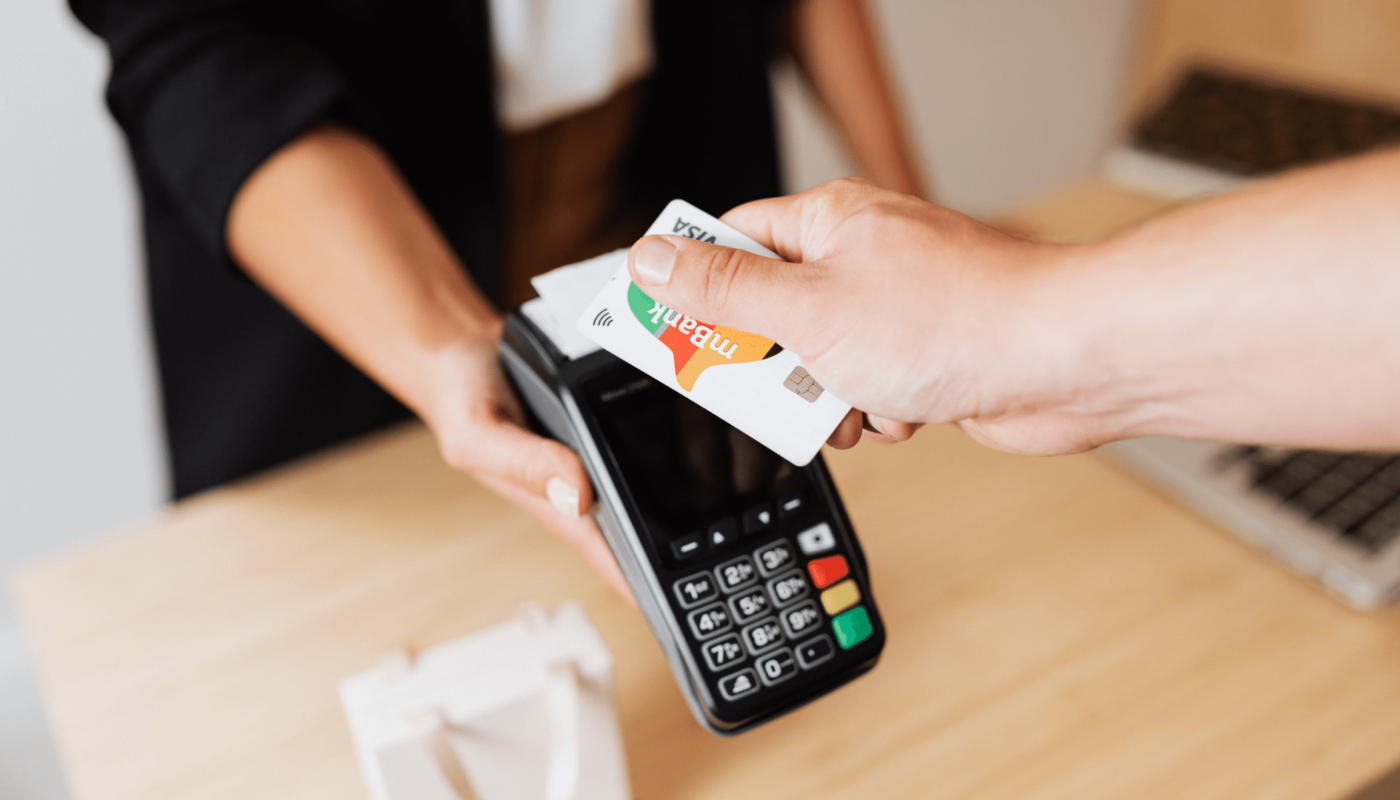Introduction to Contactless Payments
Contactless payments, also known as tap to pay or wave to pay, are a fast growing digital payment method that allows users to make secure purchases under a certain amount by simply waving or tapping their contactless payment card or device near a payment terminal. This elimination of the need to insert or swipe a card has made transactions much more convenient and quicker for both customers and merchants.
How do Contactless Payments Work?
Technology Behind Contactless Payments
Contactless payments are enabled through radio-frequency identification (RFID) technology embedded in payment cards and terminals. A small antenna and chip is embedded in payment cards and smartphones that supports contactless payments. When the card or device is placed near the contactless reader head of a payment terminal, it detects the radio signals between the two devices and payment information is securely transferred.
The whole process takes just a few seconds to complete as customers just need to tap or hold their contactless card or device near the payment terminal. Transactions are verified and processed through the usual credit/debit card payment networks. Both the card and terminal have encryption capabilities to ensure sensitive financial details are securely transferred and protected from any hacking attempts during the wireless transaction.
Growing Adoption of Contactless Payments
Contactless payments have seen a rapid growth in adoption globally in recent years driven by their ease of use and convenience over traditional cash or card insert transactions. Major card networks like Visa, Mastercard and American Express all support contactless payments through dedicated contactless cards or apps on mobile devices.
Many countries worldwide have also increased contactless payment limits to further encourage its use. For example, in the UK the limit was increased to £45 in April 2021 from the previous £30 to match increased demand during the Covid pandemic. In the US, contactless limits were also raised across networks during the same period.
Rise of Contactless Mobile Payments
While contactless cards were the initial drivers of growth, mobile payments through smartphones have emerged as a huge growth area in contactless payments. Major tech giants like Apple, Google and Samsung alongside payment networks have launched their own mobile wallets that allow customers to pay through their phones.
These mobile wallets store virtual versions of payment cards that can be used to pay at any contactless terminal. Apps like Apple Pay, Google Pay and Samsung Pay have seen massive adoption rates in countries like the US, UK, China and India. Their ease of use and integration with devices people already use has boosted their appeal over physical cards. Banks are also launching their own mobile wallet options.
Benefits of Contactless Payments
Faster Transactions and Convenience
The biggest advantage of contactless payments is speed and convenience. Customers save significant time by not having to insert or swipe their cards and enter pins. On an average, contactless transactions take just 2-3 seconds compared to 15-20 seconds for chip and pin transactions. This has benefited both customers and retailers.
Reduced Physical Contact and Risk of Infection
Contactless options gained major prominence during the pandemic as they allowed payments without any physical contact. This eliminated the risk of infection through shared surfaces like payment terminals. Even after pandemic restrictions ease, the hygiene benefits will keep driving its popularity.
Security of Contactless Payments
While the contactless interface removes physical interaction, the underlying payment infrastructure ensures similar levels of security as traditional chip and pin cards. Transaction limits are set low enough to prevent large losses in case a card gets lost or stolen. Additional security layers like one time passcodes further enhance security during online transactions through mobile wallets.
Issues with Contactless Adoption
Compatibility with Older Terminals
One challenge is the need for contactless support at terminals. Though nearly all new terminals support it, some older ones may still be chip and pin only. This leads to inconsistencies in user experiences. However, the percentage of incompatible terminals is reducing with terminal upgrades.
Fraud Risk Concerns
When contactless was new, some users feared waving cards or phones could enable fraudsters to easily steal payment data. But payment networks continue enhancing security procedures based on learnings. Transaction limits and additional authentication for high value payments also help address such concerns.
Higher Transaction Volumes Stress Networks
The massive surge in contactless transactions globally has tested payment networks ability to handle increased traffic loads without disruption. Network upgrades are ongoing to ensure contactless popularity doesn’t impact user experiences.
Contactless payments have completely transformed how consumers pay and interact with merchants. Enabled by innovative technologies, it offers an extremely convenient and secure interface compared to older options. Problems arising due to new usage patterns are being proactively addressed. Looking ahead, contactless will become the default mode of transactions globally across both online and in-store commerce.
*Note:
1. Source: Coherent Market Insights, Public sources, Desk research
2. We have leveraged AI tools to mine information and compile it




